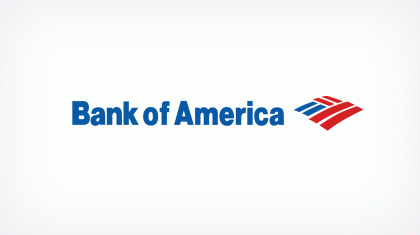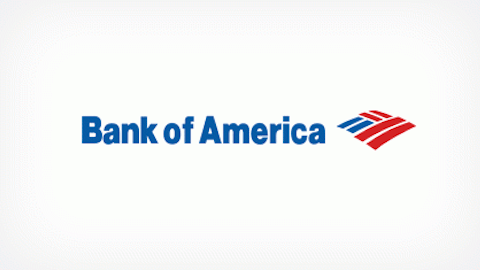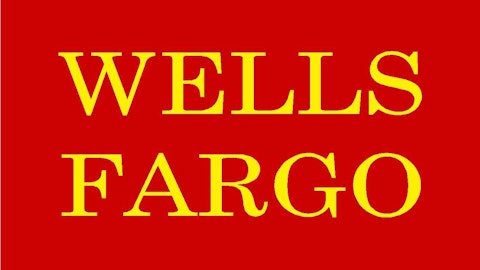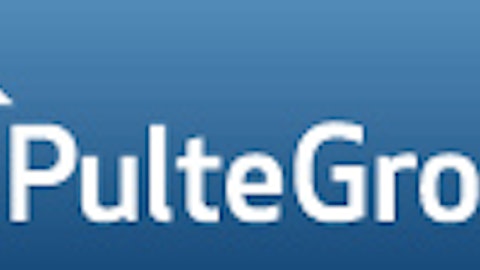Did Bank of America Corp (NYSE:BAC) enrich itself by defrauding potentially millions of homeowners who requested loan modifications under the 2009 Home Affordable Modification Program, or HAMP? Yes, or at least that’s what six of its former employees are claiming in a class action lawsuit being waged in a Massachusetts federal court. But while the allegations are stunning and disappointing, I’m sad to say that they aren’t surprising.
When President Obama announced HAMP in a speech on Feb. 18, 2009, he said its purpose was to “create new incentives so that lenders work with borrowers to modify the terms of subprime loans at risk of default and foreclosure.” While subprime loans made up only 12% of mortgages at the time, they accounted for roughly half of all foreclosures.
In Obama’s words:
Right now, when families with these mortgages seek to modify a loan to avoid this fate, they often find themselves navigating a maze of rules and regulations but rarely finding answers. Some subprime lenders are willing to renegotiate; many aren’t. Your ability to restructure your loan depends on where you live, the company that owns or manages your loan, or even the agent who happens to answer the phone on the day you call.
My plan establishes clear guidelines for the entire mortgage industry that will encourage lenders to modify mortgages on primary residences. Any institution that wishes to receive financial assistance from the government, and to modify home mortgages, will have to do so according to these guidelines — which will be in place two weeks from today.
If lenders and homebuyers work together, and the lender agrees to offer rates that the borrower can afford, we’ll make up part of the gap between what the old payments were and what the new payments will be. And under this plan, lenders who participate will be required to reduce those payments to no more than 31% of a borrower’s income. This will enable as many as 3 to 4 million homeowners to modify the terms of their mortgages to avoid foreclosure.
The reality, as we soon came to find out, was that HAMP wasn’t passed with the intention of helping homeowners, but rather to serve as an additional backdoor bailout for the banking industry. Neil Barofsky, the former special inspector general in charge of the oversight of TARP, discussed this point in his book Bailout. Recounting a conversation he and Elizabeth Warren had with then-Treasury Secretary Tim Geithner, Barofsky noted (emphasis added):
Geithner apparently looked at HAMP as an aid to the banks, keeping the full flesh of foreclosures from hitting the financial system all at the same time. Though they could handle up to “10 million foreclosures” over time, any more than that, or if the foreclosures were too concentrated, and the losses that the banks might suffer on their first and second mortgages could push them into insolvency, requiring yet another round of TARP bailouts. So HAMP would “foam the runway” by stretching out the foreclosures, giving the banks more time to absorb the losses while the other parts of the bailouts juiced bank profits that could then fill the capital holes created by housing losses.





